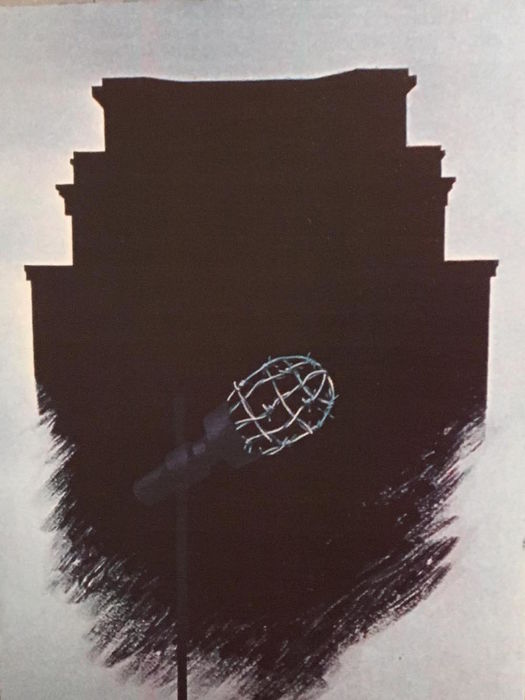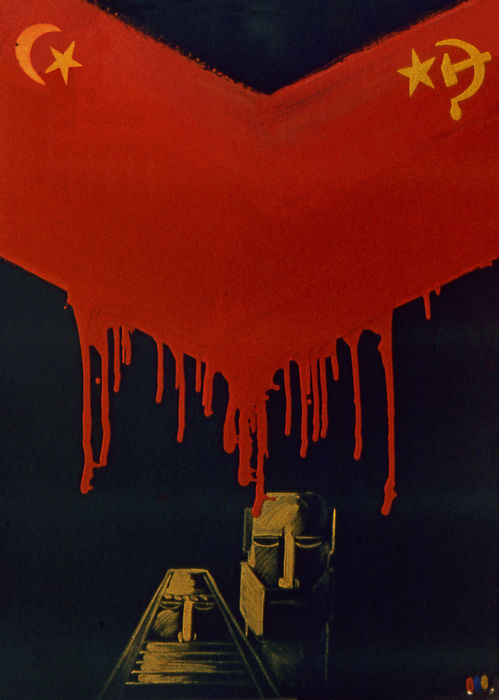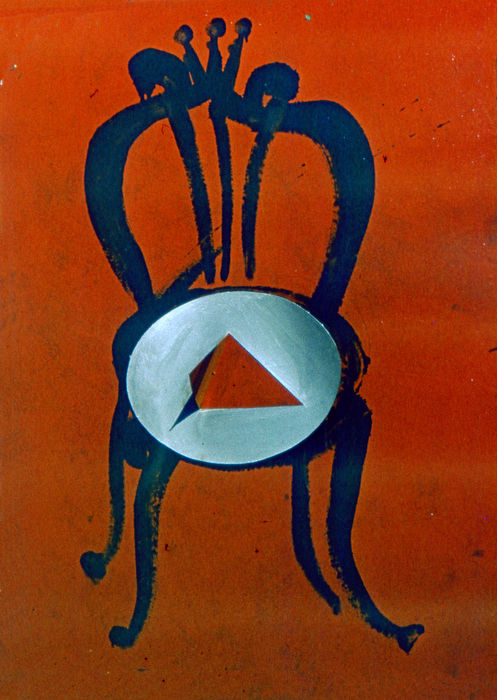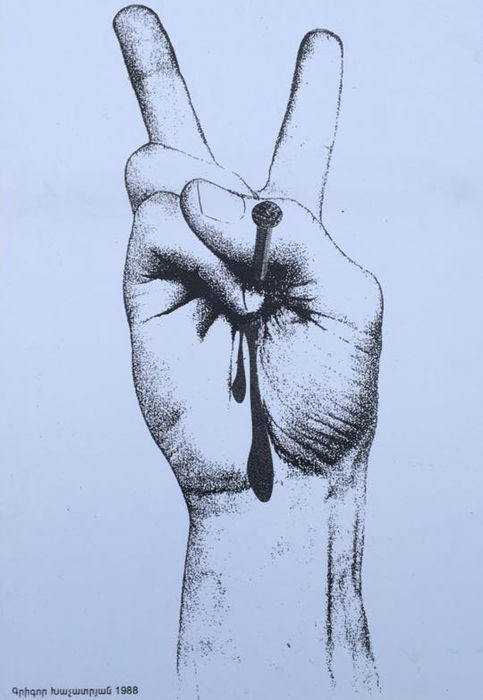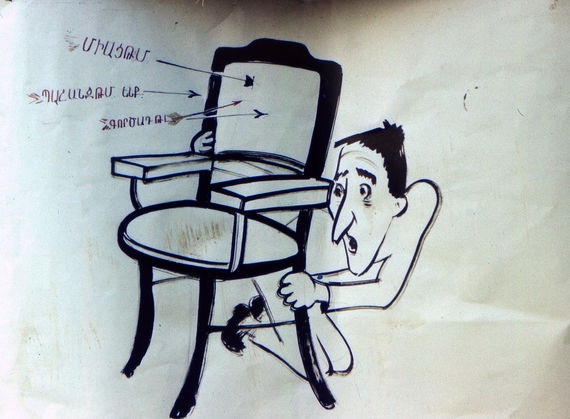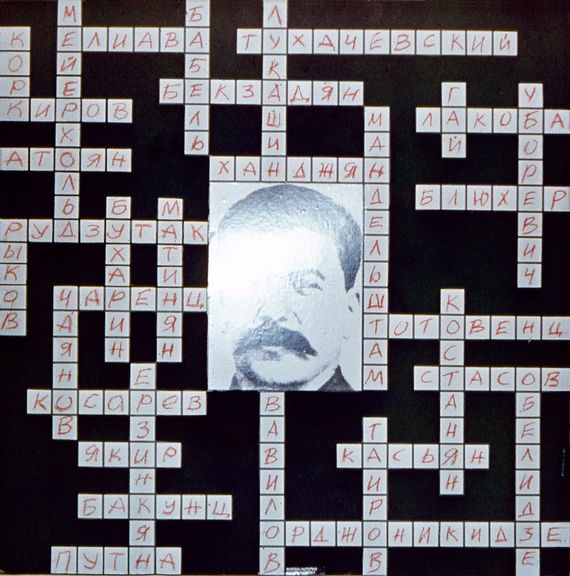In 1989, social and political upheavals shook one Eastern European country after another, something historians would later characterize as “Eastern European Revolutions” or simply the “Revolutions of 1989.” The Berlin Wall, in the heart of Europe, which had symbolized the dividing line between the “democratic” West and the “communist” East, came down. With this, the socialist camp disintegrated; within two years the Soviet Empire disappeared from the world map; the ghost of communism, roaming in Europe from the times of Marx and Engels was confined to the pages of history and merely became the subject of study. A year before these developments, a powerful democratic movement began in the smallest of the Soviet Republics, in Soviet Armenia. In academic literature, with a few exceptions, it is considered only within the context of what was seen as an “ethno-territorial” conflict, an Armenian-Azerbaijani one. In my opinion, what took place in Armenia as part of the Karabakh Movement, was the first of the Eastern European revolutions and as such, played a considerable role in the democratization of Soviet society, had a substantial part in the deconstruction of the Soviet Union and consequently the elimination of the threat of communism. As the first, it was not regarded or perceived as a revolution, and as such, remained obscure in academic circles, whereas the formulations of the “unrecognized revolution” can shed new light on the study and evaluation of democracies that emerged in Eastern Europe in the late 20th century.
Let’s try to illustrate the above with a few examples. Radical changes in attitudes took place:
- Concerning the central media outlets of the USSR
- Concerning the USSR Constitution
- Concerning the Central Committee of the Soviet Union (ԽՄԿԿ)
- Concerning the Soviet judiciary
- Armenians’ centuries-old faith in the Russian people and the Russian soldier as a savior was shattered
- The need to combat Russian cultural assimilation was realized
- It was understood that ideology of the international, unbroken friendship of the people of USSR was hollow
- The value of the Armenian peoples’ unity was realized
- The belief in working independently was understood and grew exponentially
In other words, ideas conditioned by external and internal factors, being born at the bottom, matured and gradually encompassed nationwide involvement.
Of the national-democratic movements and revolutions in the former territories of the USSR, the Armenian Revolution was the first. Confronted with opposition from the state apparatus, many things were developing autonomously in Armenia, however, within the framework of existing laws. It is for this reason that I don’t rule out that the knowledge gained from researching the Armenian Revolution, can and does propose new, perhaps nuanced factors in the study of contemporary revolutions.
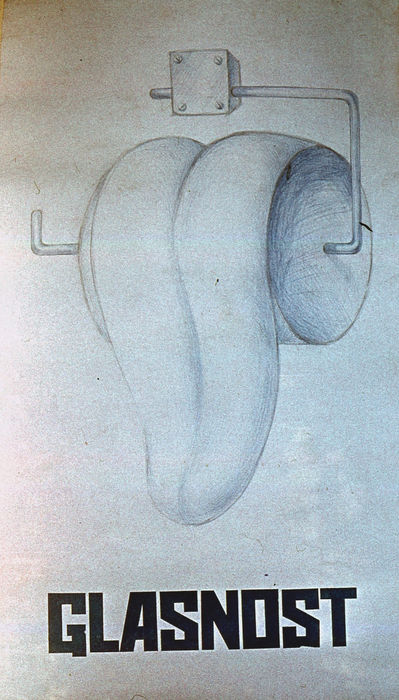
As a rule, every new phenomenon has its uniqueness, knowledge of which can provide new clarifications while studying events that proceed it. The Karabakh Movement or the ‘unrecognized’ Armenian Revolution until today, has not been considered a research area in the contemporary theory of revolutions neither in Armenia or elsewhere; a comparative analysis of similar events that took place in the USSR or Eastern Europe has not been addressed. This is one of the issues confronting Armenian social scientists.
I reserve the right to express the opinion that the Karabakh Movement was an indicator of how the small Armenian nation, at the end of the 20th century rose up against the most powerful Soviet Empire and won, not with power, but with democratic national values fomenting such a revolutionary wave that it led to the fall of the Berlin Wall and sent the fear of communism into the pages of history.
All images are from H. Marutyan’s personal archive or his book, “Iconography of Armenian Identity-Volume 1: The Memory of Genocide and the Karabakh Movement.”
Concerning Armenians’ faith in the Russian people and the Russian soldier as a savior.
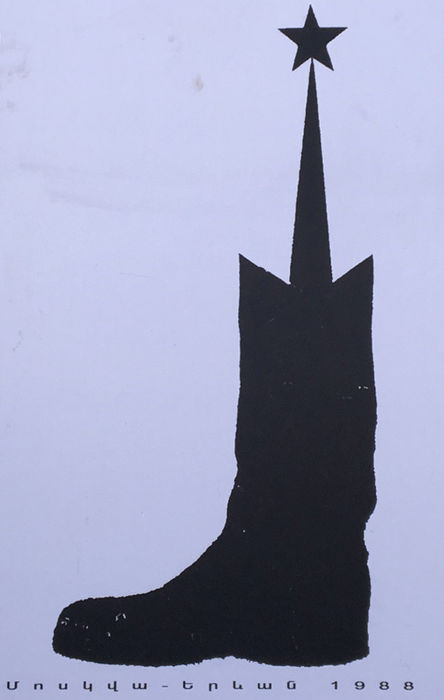
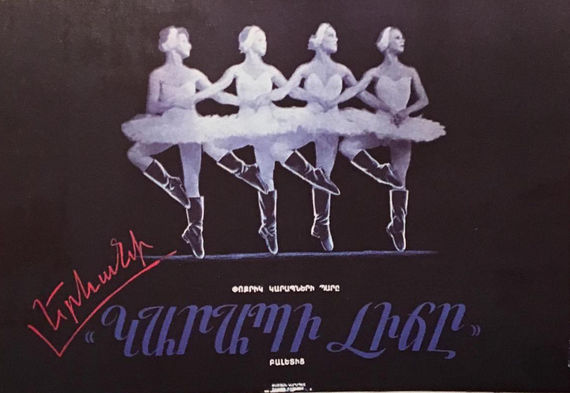
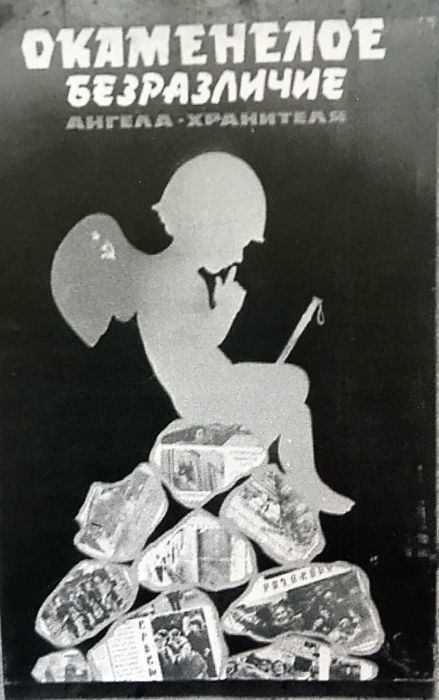
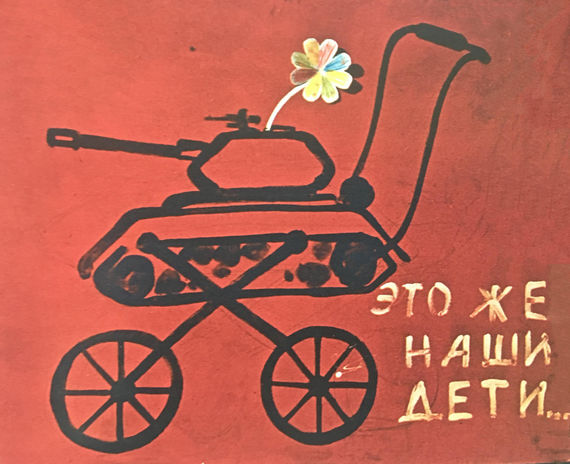
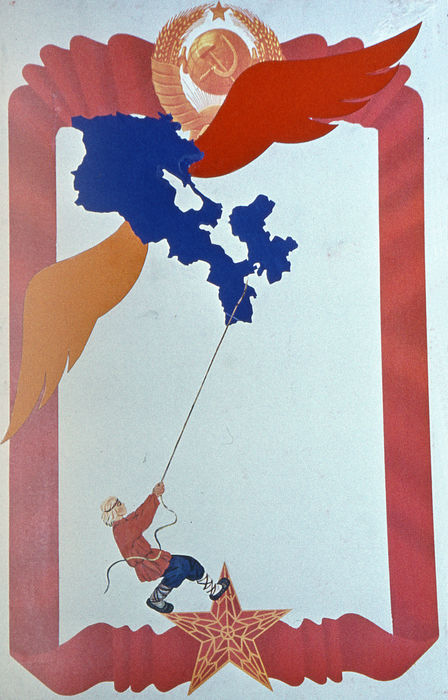
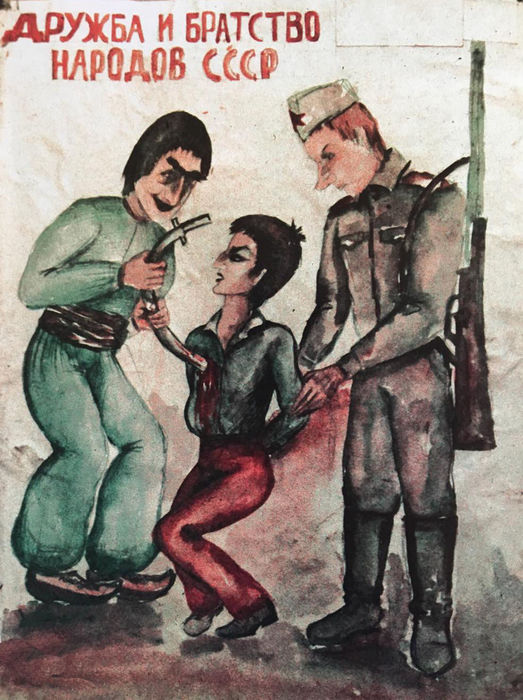
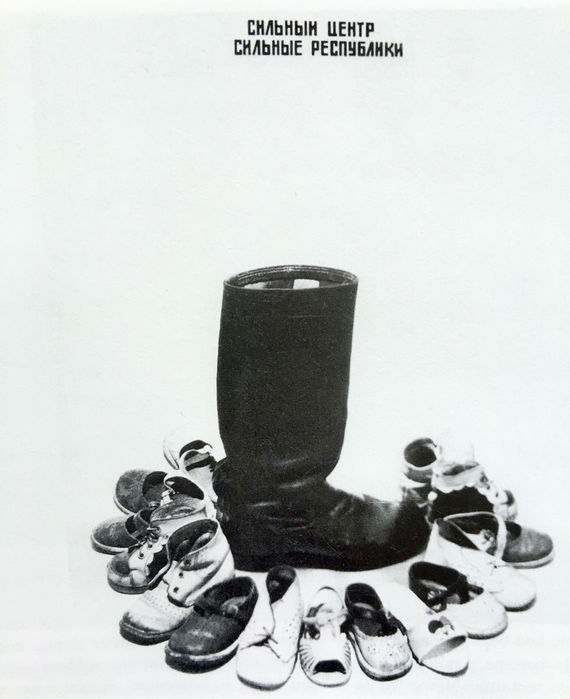
Concerning the USSR Constitution and Gorbachev’s Glasnost and Perestroika.
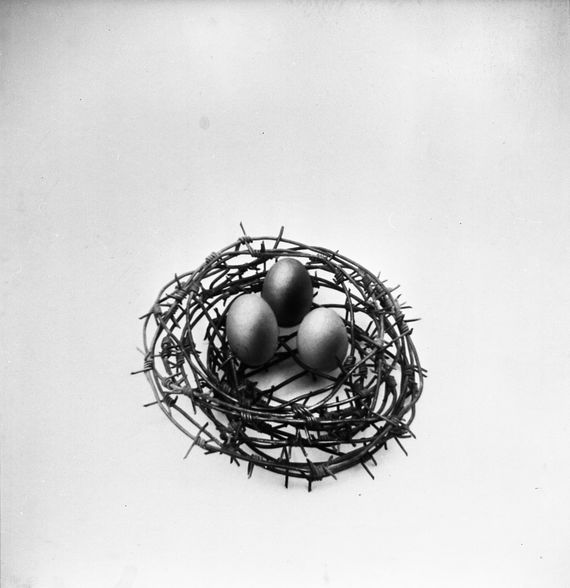
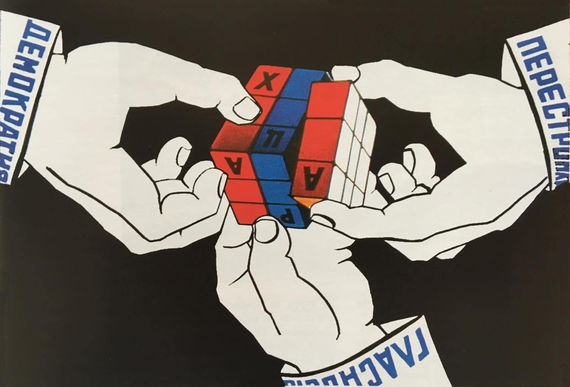
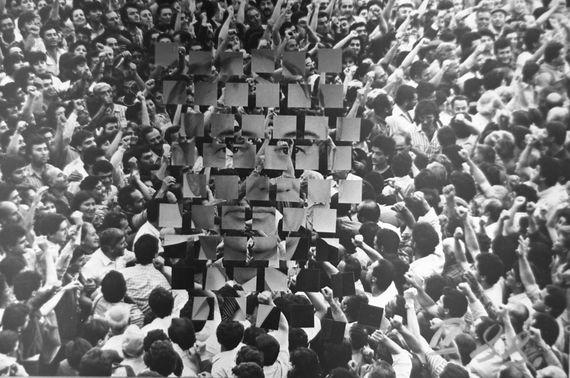
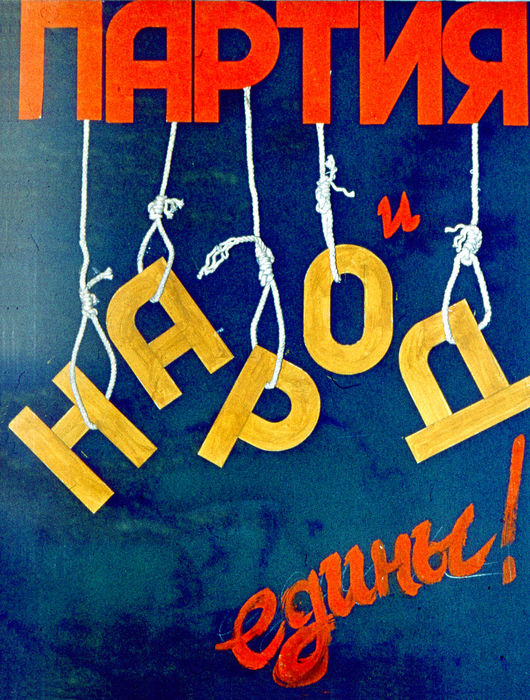
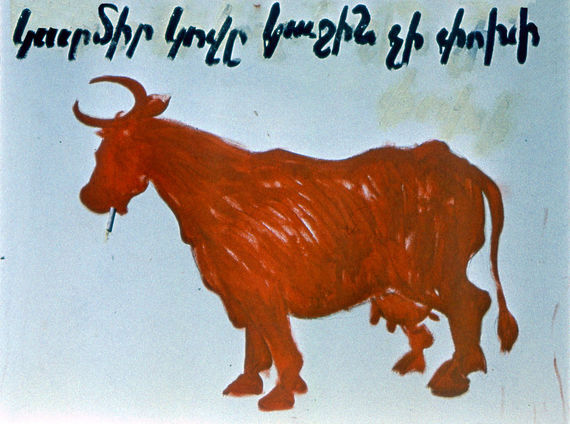
Concerning the central media outlets of the USSR.
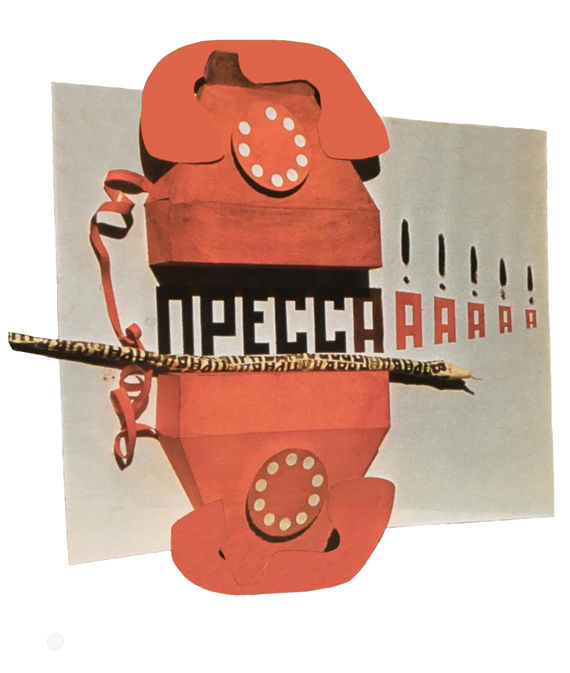

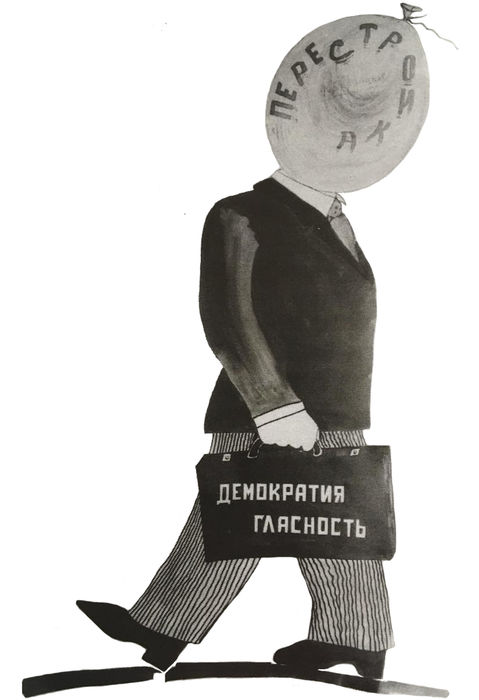
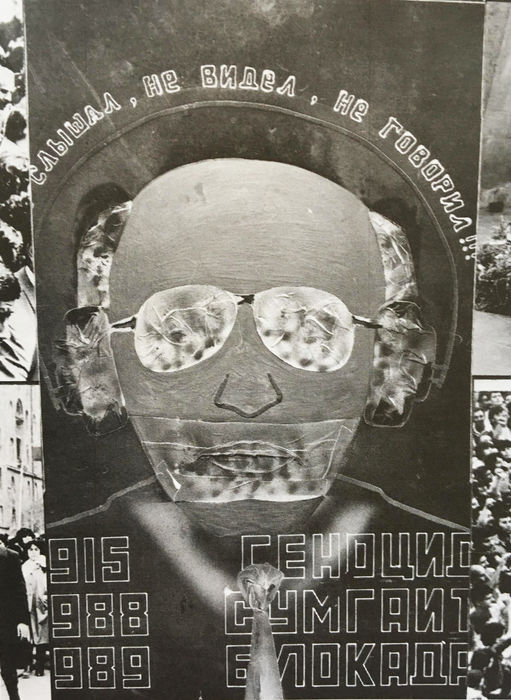
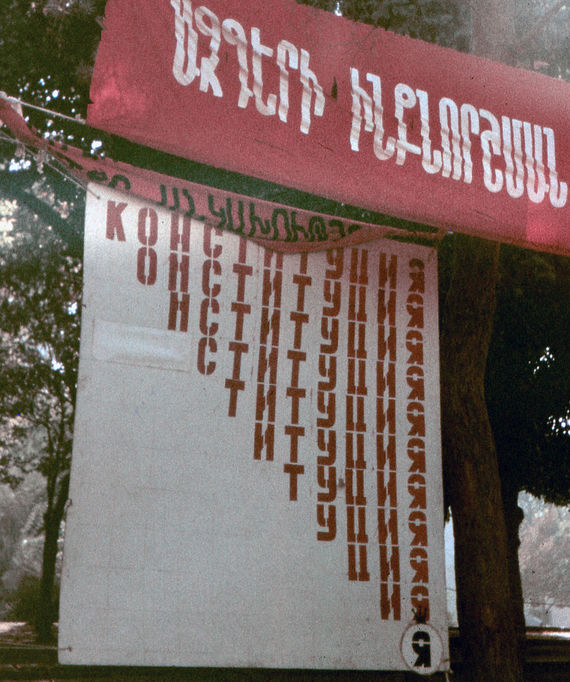
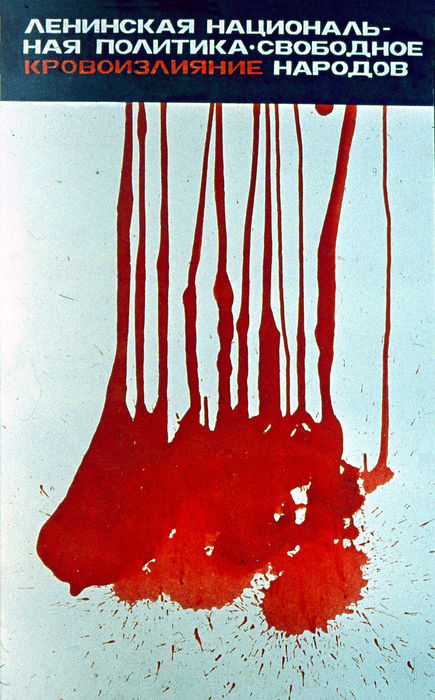
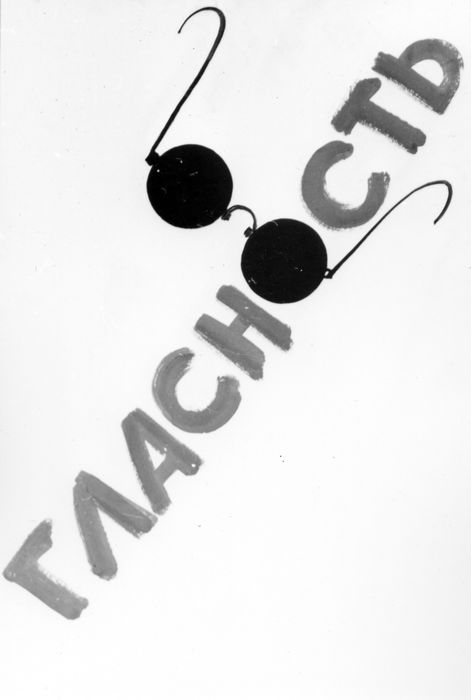
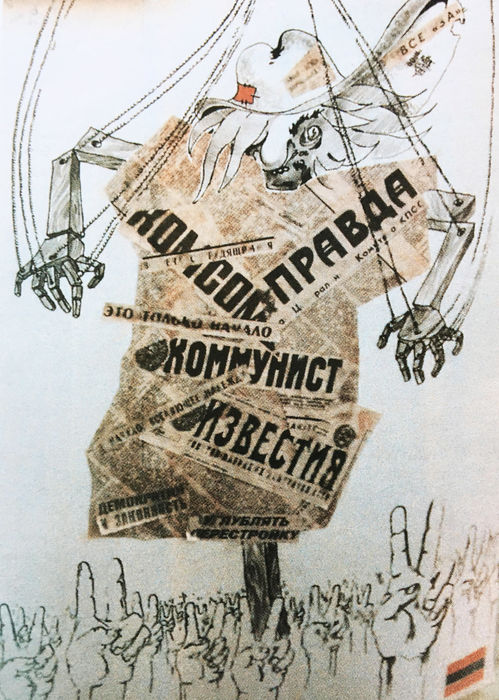
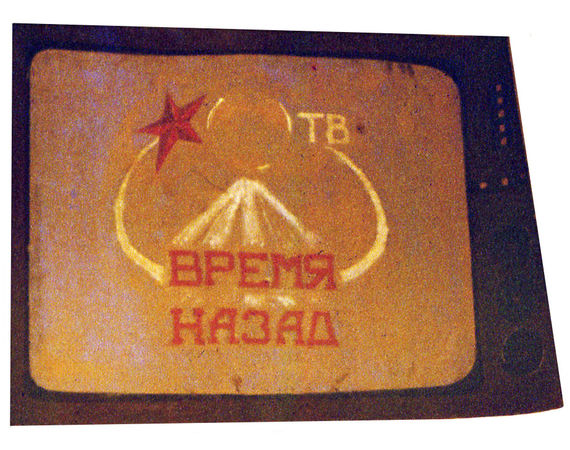
Concerning the Soviet judiciary.
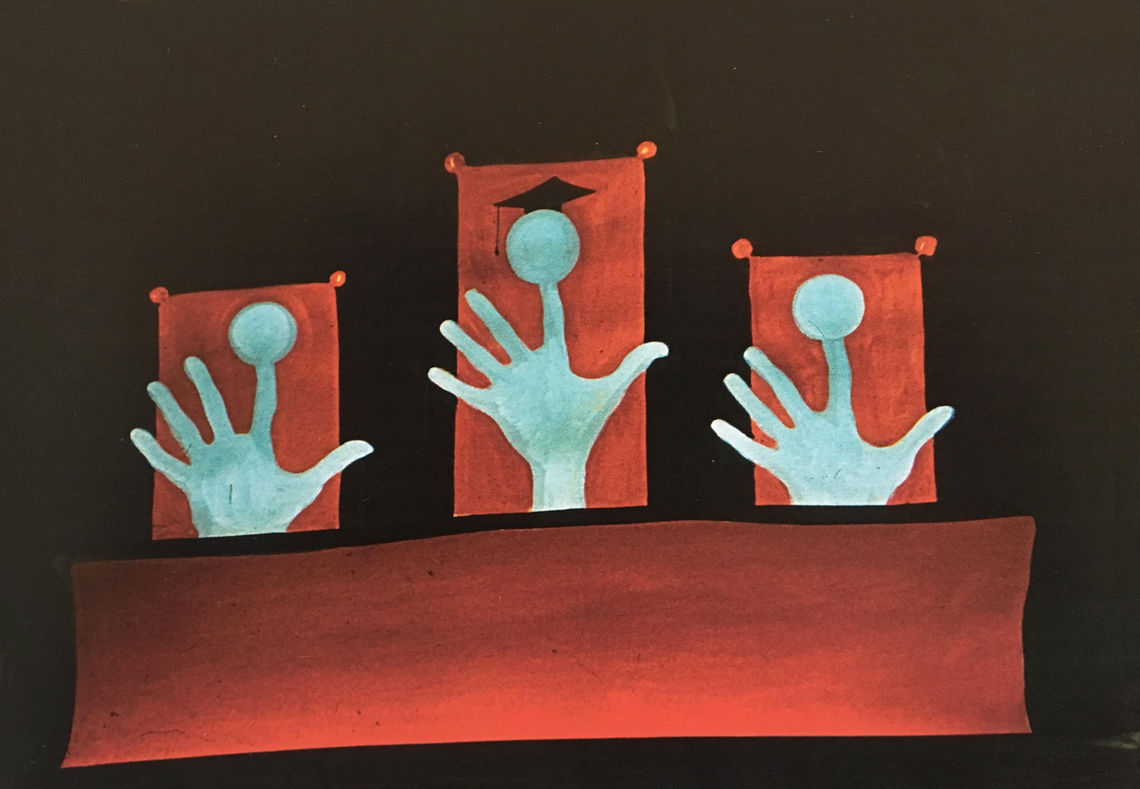
Concenrning the environment.
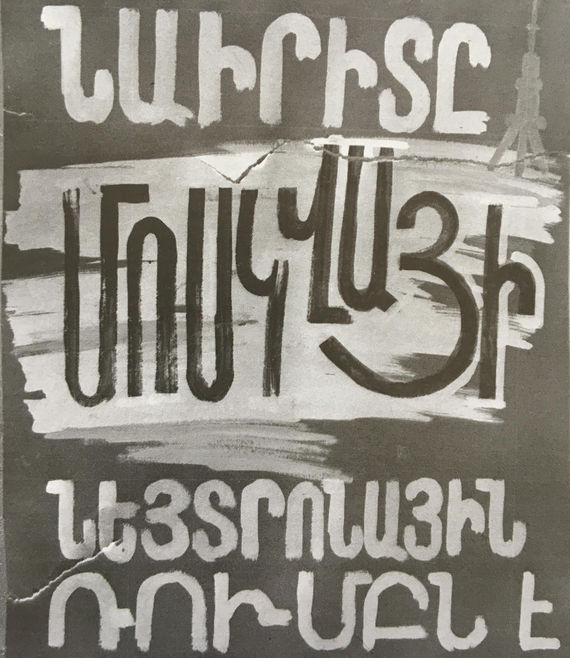
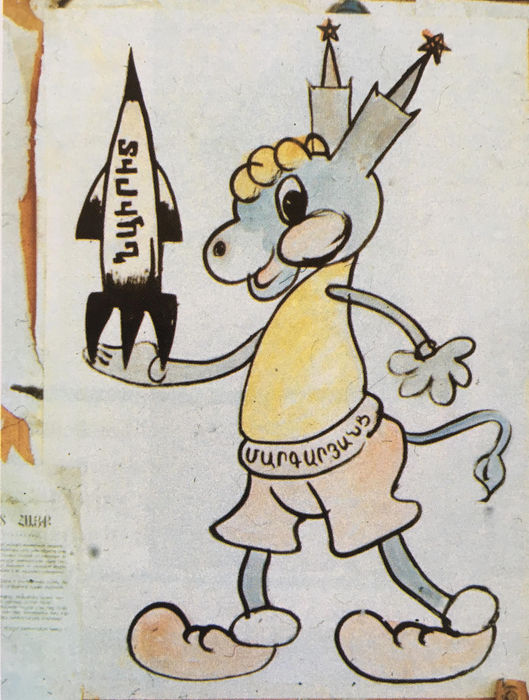
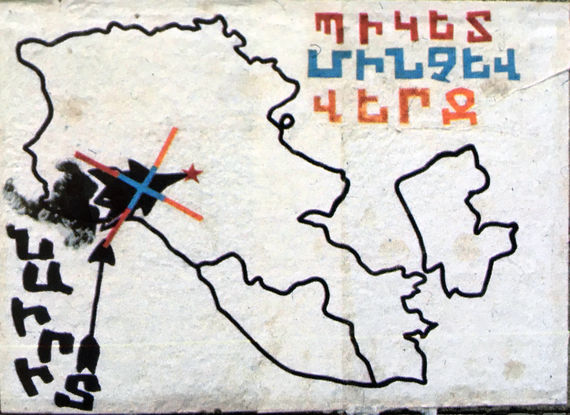
Others.
